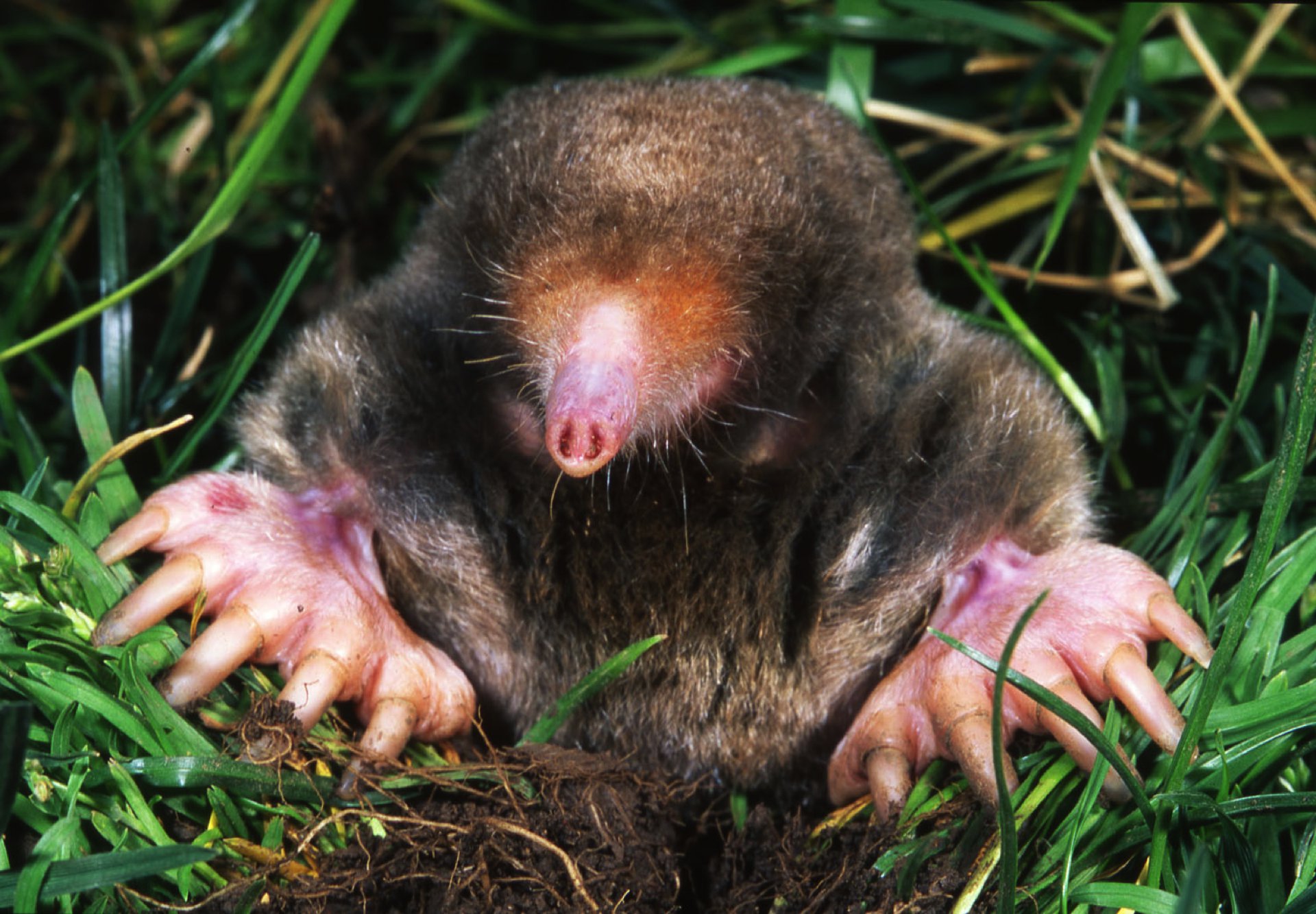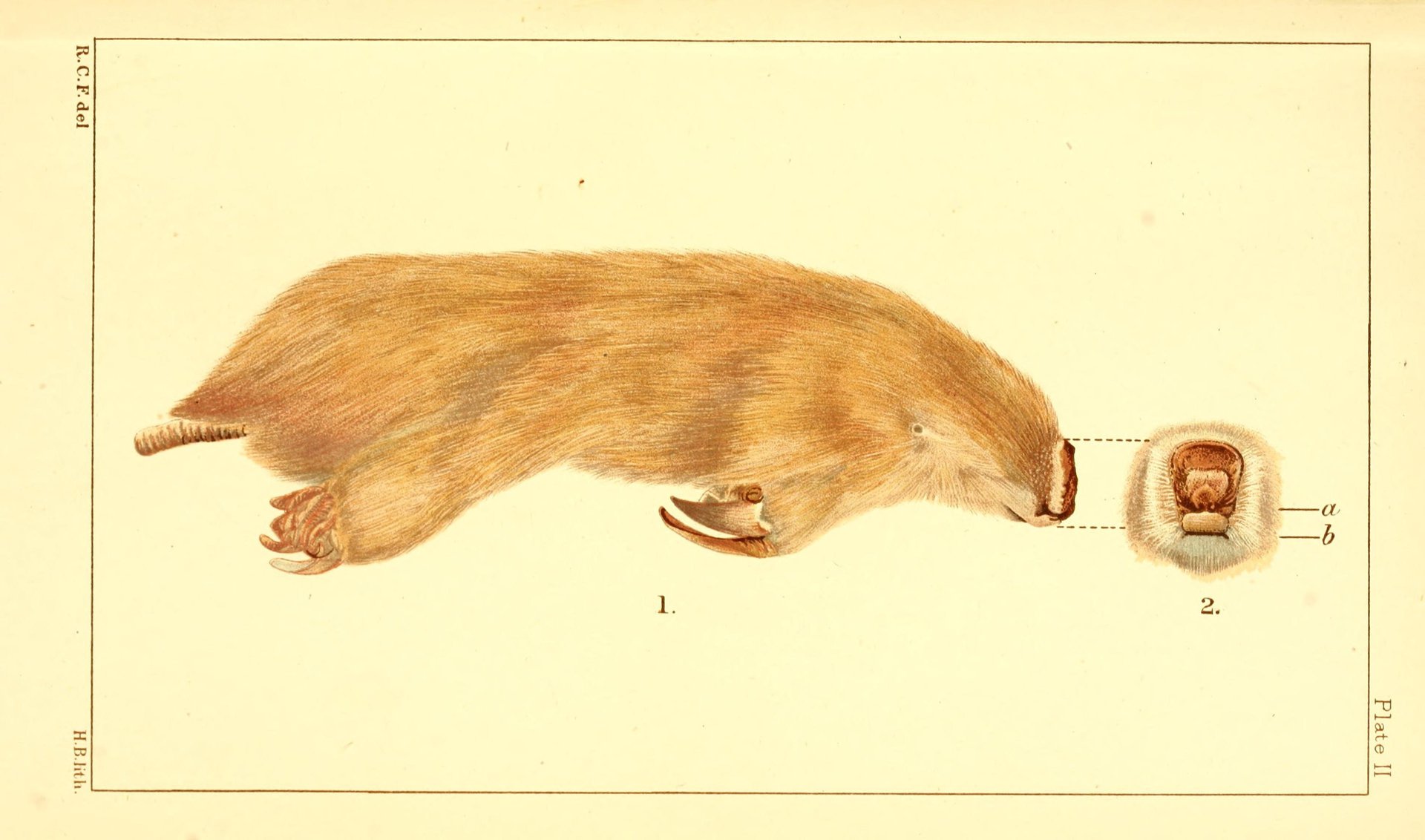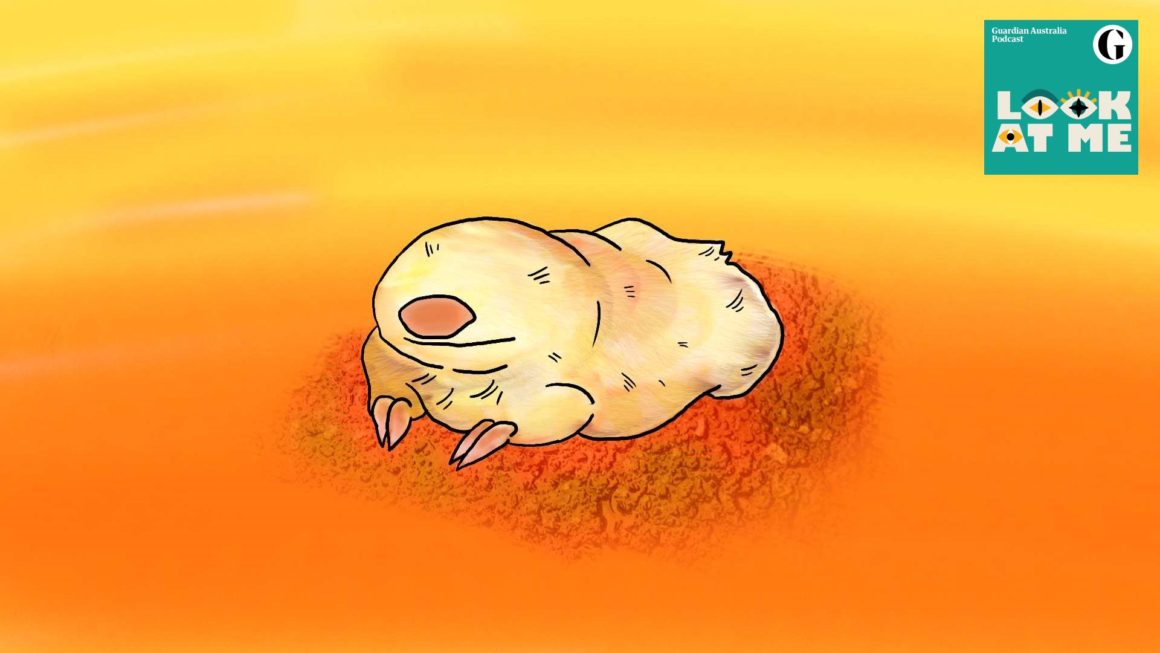Have you ever been down in a cave, underground, in the darkness? The air feels thick and moist, and you strain to make out the shapes around you. Now imagine this is your home. You need to survive down here, never breaking the surface to see the sun. You need to find food, shelter, a mate – all in complete darkness. How would you do it? This is the life of Australia’s marsupial moles.
Troglodytes are creatures that exist entirely in subterranean habitats. They live their whole lives in underground caves or burrows, or tunnelling around in the soil. These underground critters can come in all shapes and sizes, from worms to moles to giant cave-dwelling spiders. Despite the variety of origins, however, troglodytes often share many similar characteristics that help them survive life under the surface.
Living in eternal darkness, the need to perceive things visually becomes far less important. Because of this, subterranean fauna often have poorly developed (or even completely absent) eyes. Scientists believe the loss of highly developed eyes is potentially driven by a combination of evolutionary mechanisms. Firstly, through selection, moles that don’t waste energy growing and maintaining unnecessary eyes gain a survival advantage. Secondly, through a process called genetic drift, eyes are simply lost because they no longer provide any benefit to the individual.
Likely for the same reasons, pigmentation has also been lost in a large number of subterranean species. What use are camouflage patterns, sun protection and impressive colouration when they never see the light of day?

For those subterranean species that live their lives burrowing through the soil, there is also the small issue of being able to breathe.
The air you are currently breathing has approximately 21% oxygen, but if you began to tunnel underground this would drop to around 14%. Alongside the decline in oxygen levels comes an increase in carbon dioxide. Burrowing in a tight tunnel, breathing the air just exhaled, increases this effect. For mammals with similar respiratory systems to our own, breathing becomes a struggle (it’s been likened to digging through sand while breathing through a paper bag).
A recent study on the Eastern Moles (Scalopus aquaticus) from North America has found that they get around this issue through a special property of their red blood cells. The cells have adapted to carry extra carbon dioxide, thereby allowing the mole to breathe the air it just exhaled in the tight tunnel. This adaptation removes the extra carbon dioxide from the mole’s system, preventing carbon dioxide poisoning and allowing better absorption of oxygen.
If you were planning a life underground, moles would be a great model to work off as they are mammals, like us, but manage to live their entire lives under the surface of the earth with the worms.
What’s more – they have not only evolved once, but twice.

There are the eutherian (or placental) moles, like the Eastern Mole. But there is also a marsupial equivalent here in Australia.
In fact, there are two recognised species of marsupial moles (Notoryctes caurinus and Notoryctes typhlops) – and although they are more closely related to koalas, they share many of the same characteristics as eutherian moles. This is an amazing example of convergent evolution (where two unrelated species evolve to look amazingly similar because they occupy the same niche) and is an excellent blueprint for us to know how to survive in the world below the surface.
To hear more about the elusive marsupial mole, tune in to the long-awaited fourth episode of Look at Me (out on Thursday March 20).
Look at Me is a new Guardian Australia podcast series, produced by Remember The Wild in partnership with the Australian Conservation Foundation and hosted by Benjamin Law.
Visit our project page to find out more.
Banner image courtesy of Chris McCormack.


Leave a Reply